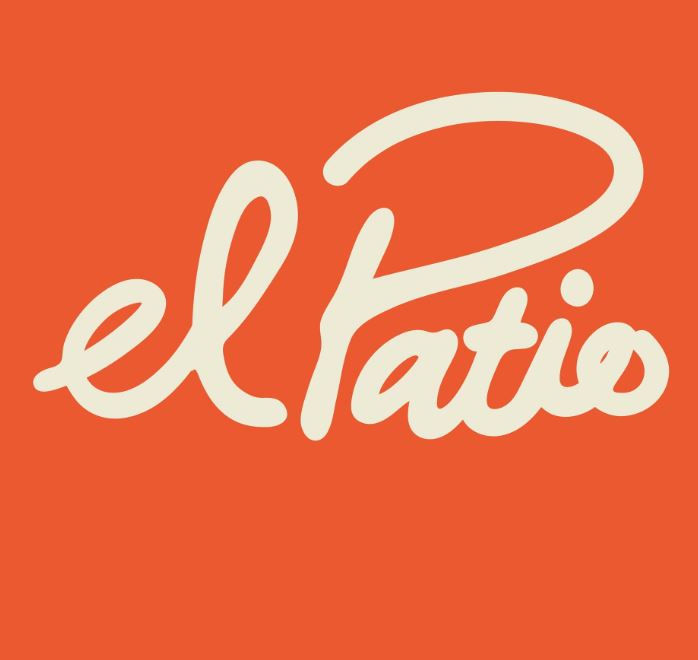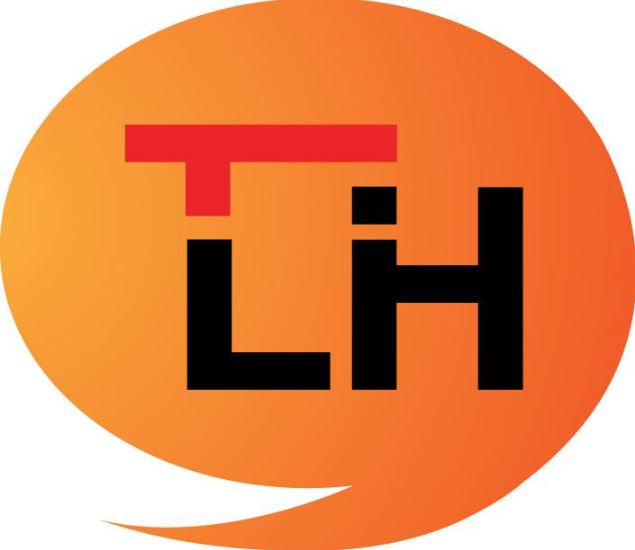This is for absolute beginners. We'll get you started with greetings and presentations, talking about yourself and asking about others, alphabet, pronunciation, numbers, and more. This is the first of the 4 courses which lead to achieving A1 level.

What makes learning at El Patio so great:
What are our classes like?
You're going to love our classes and teachers! El Patio has over 20 years’ experience specialising in Spanish, with courses for everyone – from beginners through to fluency. All our teachers are qualified professionals. Classes are small (5–14 students), rigorous, and fun!
We offer three class formats:
What you learn ...
Note: Textbooks are required for this course.
What is El Patio?
El Patio is a learning community. Our classes are serious and fun – one of the reasons that El Patio is Melbourne's most popular Spanish language school. The name 'El Patio' comes from the leafy and light-filled central courtyard in a traditional Spanish home.
This inner courtyard is a place to get together; it's a focal point and a place of conversation and connection. El Patio is the home of the Spanish language in Melbourne. It's somewhere where you can take your first steps in learning the language and a place you can always come back to after any adventure.
If you've been learning for a while, El Patio is a place to continue to grow and to keep your Spanish language skills alive. Welcome! We hope you enjoy your studies and that you make your class your own.
Why Choose Us?
Level
For Beginners
What are my options?
As a beginner, there are two broad choices:
Should I choose Elementary 1 or El Cheapo Introductory?
Elementary 1 and El Cheapo Introductory are essentially the same course. The difference is the duration of study and the price. Elementary 1 is 15 hours of class time spread over either 10 weeks (Popular courses) or 5 weeks (Rápido Elementary 1) or as part of the Express 1&2 package (Rápido Elementary 1 + Rápido Elementary 2).
El Cheapo is 12 hours of class time over 8 weeks. You cover the same content as Elementary 1 but there is a little less time for practice. Both Elementary 1 and El Cheapo Introductory prepare you perfectly for the next level, Elementary 2. With Elementary 1 you need to purchase the Aula Internacional Plus 1/A1 English Ed. 2020 text.
This text forms the basis for the first 4 levels, so if you intend to continue your studies it's definitely a worthwhile investment. El Cheapo Introductory is cheaper because it includes fewer hours of class. The course fee also includes photocopies or PDF pages of all the materials you need for the course, so it's a great option if you just want get a taste of what learning Spanish is like before committing more fully.
Should I choose Elementary 1 or Spanish for Travel?
It depends on what your goals are. If you're about to head away on a trip overseas, Spanish for Travel is excellent. It's 1.5 hours a week for 5 weeks (total 7.5 hours). The course helps you learn all the key phrases you need to get by in a Spanish-speaking country – it doesn't have time to go into a lot of depth.
If you're intention is to learn the language, Elementary 1 is the way to go. In this course you build a solid foundation for future study and for learning the language well. For example, in Elementary 1 you learn how to use the present tense and are given the tools you need to start making sentences of your own.
The approach is communicative, with an emphasis on speaking, but you also learn how to read and write and there's lots of listening activities too. Elementary 1 is 15 hours and is available in a range of different formats depending on your availability and how quickly you aim to progress.
What do I learn in Elementary 1?
You learn how to greet people and introduce yourself, talk about where you’re from, what you do and where you live. You also learn the alphabet, pronunciation, the numbers and get a basic understanding of the present tense. It’s a good one to do if you haven’t studied before or if you know a few words.
What happens after Elementary 1?
After Elementary 1 (or El Cheapo Introductory) you're in the perfect position to enrol in Elementary 2. This is the next step that will take you through the Elementary levels (Elementary 1 to 4) and then into the Lower Intermediate levels and beyond.
For Non-Beginners
How do I work out my level?
There are a few ways to work out your level. We have an online level test which is a great place to start. We can also look at what grammar topics and tenses you've seen, or the number of hours you've previously studied. We can also assess your oral level by appointment over the phone or in person. Telling us a bit about your Spanish learning experience would also help.
Should I start from the very start if I already have some knowledge of Spanish?
Are you comfortable with the present tense verb conjugations? If not, it could be good to revise these in Elementary 1 as it's good to build a solid foundation from the beginning. However, you could brush up on this outside of class and have a look at the Get Set for Elementary 2 page on our website. This should tell you exactly what you need to know to be able to jump straight up to Elementary 2.
If I've travelled and I haven't studied before, where should I start?
We suggest that you start at the beginning. You might have a lot of vocab and have more spoken confidence that others in the class, but you'll probably find there there are gaps in your knowledge of grammar and other essentials. Missing out on these things will limit hor far you can progress in future, so it's really worthwhile getting a solid foundation before moving on.
The exception would be if you've lived in a Spanish-speaking country. If your oral level is high, you could join a higher level and possibly take some private classes / workshops in our intensives to cover any major gaps.
Can I move classes if the level isn't suitable?
You certainly can, as long it's within the same Term. For this reason we advise not to purchase textbooks until you've found the right level.
How do I get certified as a Spanish speaker?
The DELE exams are an excellent way to certify your level of Spanish.
All of our levels align with the European CEFR scheme, which has the following levels:
We support students sitting these exams in a few different ways.
I'm in a higher level and want to do 3 hours of class a week. Can I take two classes at once?
Of course! At the higher levels the sequence of what is learnt is less important than it is when you’re starting out. So it's completely fine to do two levels at the same time. You would end up coming to two classes per week (e.g. Monday 6pm and Thursday 6pm). There's no such thing as too much Spanish!

This course is for anyone starting from scratch or who has a minimum knowledge but would like to start from zero to make sure to learn all the fundamentals.

?Dance the night away, visit the bull fights, taste a new variety of foods and meet wonderfully alive people. Let the Spanish language touch your life and add adventure and excitement.

Spanish is a global language spoken by approximately 500 million people across the world. Due to a steady history of migration from Spanish-speaking countries to Australia, Spanish remains an important community language throughout Australia.

Learn Spanish for everyday situations. We offer Spanish classes that are interactive, communicative and affordable. Step into one of IML’s online or on-campus classes, where you will learn from a qualified Spanish tutor and meet like-minded language students.
© 2025 coursetakers.com All Rights Reserved. Terms and Conditions of use | Privacy Policy